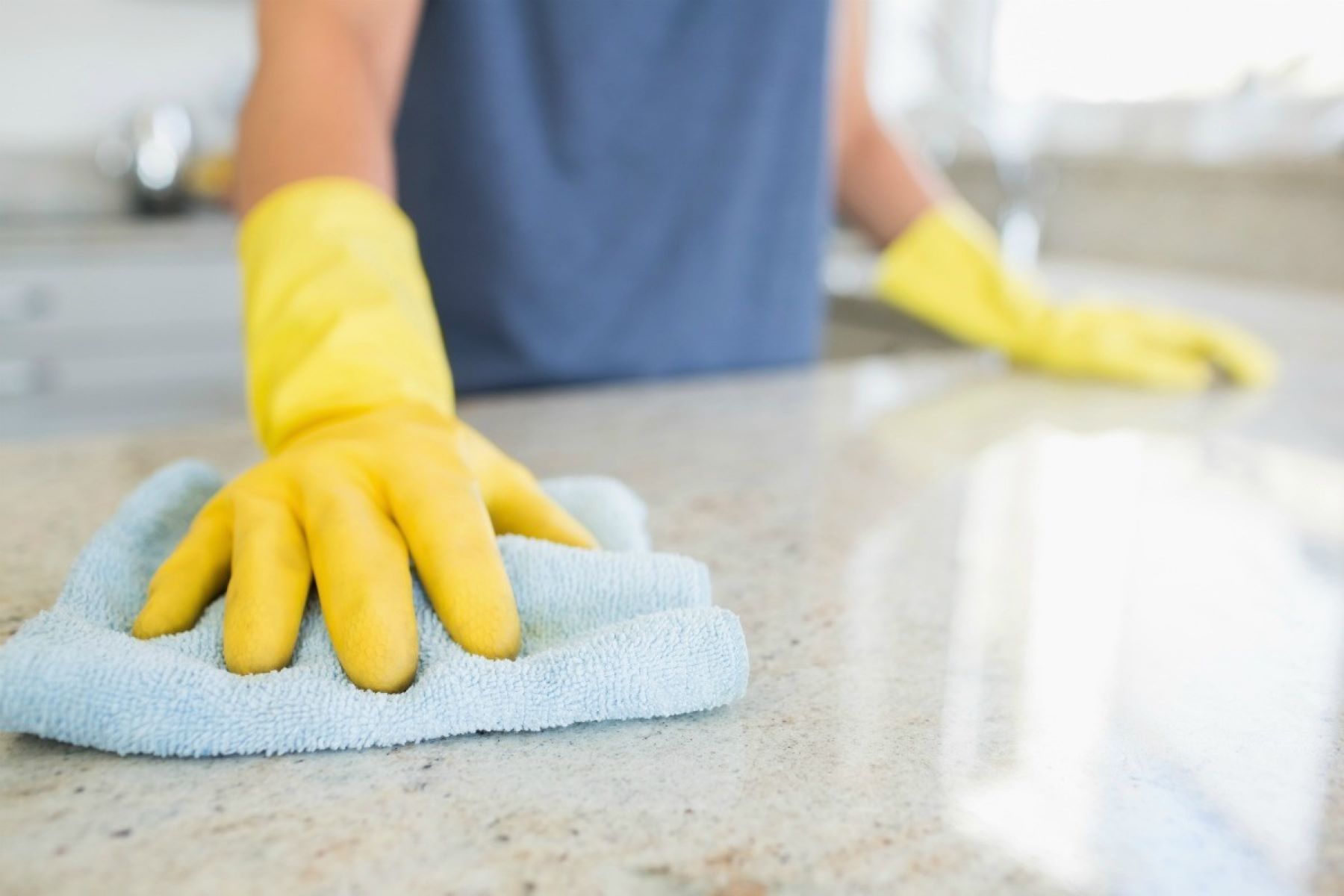

Articles
How To Polish Formica Countertops
Modified: December 7, 2023
Discover the best tips and techniques to effectively polish formica countertops in our informative how-to articles, ensuring a shiny and pristine surface every time.
(Many of the links in this article redirect to a specific reviewed product. Your purchase of these products through affiliate links helps to generate commission for Storables.com, at no extra cost. Learn more)
Introduction
Formica countertops are a popular choice in many kitchens and bathrooms due to their durability, affordability, and easy maintenance. Over time, however, these countertops may start to lose their shine and develop stains and scratches. Fortunately, with the right techniques and tools, you can easily polish and restore the beauty of your Formica countertops.
In this article, we will guide you through the step-by-step process of polishing Formica countertops, from cleaning and stain removal to repairing any damage and applying a high-quality Formica polish. With a little time and effort, your countertops will regain their original luster and look as good as new.
Before we get started, gather the following materials and tools to ensure a successful countertop polishing project:
Key Takeaways:
- Easily restore the shine and beauty of Formica countertops with simple cleaning, stain removal, and polishing techniques using common household materials and tools.
- By following the step-by-step process, anyone can transform their Formica countertops, giving their space a fresh and vibrant look while ensuring optimal results and preventing potential damage.
Read more: How Much Is Formica Countertops
Materials and Tools Needed
- Mild dish soap
- Warm water
- Soft microfiber cloth or sponge
- White vinegar
- Baking soda
- Hydrogen peroxide (for tough stains)
- Soft bristle brush
- Formica polish
- Soft cotton cloth or microfiber cloth
- Buffer or polishing machine (optional)
Now that you have all the necessary materials and tools, let’s begin the process of restoring your Formica countertops to their former glory.
Key Takeaways:
- Easily restore the shine and beauty of Formica countertops with simple cleaning, stain removal, and polishing techniques using common household materials and tools.
- By following the step-by-step process, anyone can transform their Formica countertops, giving their space a fresh and vibrant look while ensuring optimal results and preventing potential damage.
Read more: How Much Is Formica Countertops
Materials and Tools Needed
Before you embark on the journey of polishing your Formica countertops, it’s important to gather all the necessary materials and tools. Here’s a comprehensive list of what you’ll need:
- Mild dish soap: This will serve as the primary cleaning agent for removing dirt, grime, and grease from the countertops.
- Warm water: You’ll need this to mix with the dish soap for gentle cleaning.
- Soft microfiber cloth or sponge: These will be your go-to tools for wiping and cleaning the countertops.
- White vinegar: Vinegar is a natural cleaning agent that will help remove stubborn stains and sanitize the surface.
- Baking soda: Another effective natural cleaning agent that can tackle tough stains and odors on the Formica surface.
- Hydrogen peroxide (for tough stains): If you’re dealing with particularly stubborn stains, hydrogen peroxide can be used as a powerful stain remover.
- Soft bristle brush: This will come in handy for scrubbing away grime and stains that require a little extra elbow grease.
- Formica polish: The final step in the countertop polishing process is to apply a high-quality Formica polish, which will restore the shine and protect the surface.
- Soft cotton cloth or microfiber cloth: This will be used to apply the Formica polish and buff the surface for a shiny finish.
- Buffer or polishing machine (optional): If you have access to a buffer or polishing machine, it can make the polishing process quicker and more efficient.
Having all these materials and tools on hand will ensure that you can complete the countertop polishing project smoothly and effectively. Remember, a clean and organized workspace will also contribute to the success of your restoration efforts.
Cleaning the Countertops
Before you can begin polishing your Formica countertops, it’s essential to start with a clean surface. Here’s a step-by-step guide on how to properly clean your countertops:
- Clear the countertops: Remove any dishes, appliances, or decorative items from the countertops to have a clear working space.
- Mix a cleaning solution: In a bowl or bucket, combine warm water with a few drops of mild dish soap. Mix well to create a soapy solution.
- Dampen a soft cloth or sponge: Dip a soft microfiber cloth or sponge into the soapy solution. Wring out any excess water to prevent oversaturation.
- Wipe down the surface: Gently wipe the entire surface of the countertops with the damp cloth or sponge. Pay extra attention to areas that are prone to spills and stains, like near the stove or sink.
- Rinse with clean water: After wiping down the surface, rinse out the cloth or sponge with clean water. Then, go over the countertops again to remove any soap residue.
- Dry with a clean cloth: Use a dry, soft cloth to thoroughly dry the countertops. This will prevent water spots and streaks from appearing.
Once you’ve completed these steps, take a moment to assess the cleanliness of your countertops. If there are any remaining stains or spots, don’t worry – we’ll cover how to address them in the next section.
Regularly cleaning your countertops is essential to maintain their appearance and prevent the buildup of dirt and grime. Aim to clean them at least once a week or as needed, depending on how heavily they are used.
Now that your countertops are clean, it’s time to move on to removing any stains or spots that may be present.
Removing Stains and Spots
Stains and spots can develop on Formica countertops over time, but fortunately, there are effective methods to remove them. Here’s a step-by-step process to help you tackle different types of stains and spots:
- Identify the type of stain: Different stains require different removal techniques. Common types include food stains, grease stains, ink stains, and water spots.
- Food stains: Mix equal parts water and white vinegar in a bowl. Soak a clean cloth or sponge in the solution and gently rub the stain in a circular motion. Rinse with clean water and dry the area thoroughly.
- Grease stains: Sprinkle baking soda directly on the stain and let it sit for a few minutes. Scrub the area with a soft-bristle brush in a circular motion. Rinse with warm water and dry the surface.
- Ink stains: Dampen a cloth or sponge with rubbing alcohol. Gently dab the stain until it lifts. Rinse with clean water and dry the area.
- Water spots: Mix equal parts water and vinegar in a spray bottle. Spray the solution on the water spots and let it sit for a few minutes. Wipe the area clean with a cloth or sponge and dry it thoroughly.
- Tough stains: For stubborn stains, make a paste of baking soda and hydrogen peroxide. Apply the paste to the stain and let it sit for 10-15 minutes. Scrub gently with a soft-bristle brush and rinse with water.
Remember to always test any cleaning solution on a small, inconspicuous area of the countertop before applying it to the stain. This will help ensure that the solution does not cause any damage or discoloration.
If you encounter any stains or spots that are particularly stubborn or require specialized treatment, it’s advisable to consult the manufacturer’s instructions or seek professional assistance to avoid any potential damage to the Formica surface.
Once you have successfully removed the stains and spots, you’re ready to move on to repairing any damaged areas of your Formica countertops.
Use a mild abrasive cleaner and a soft cloth to gently polish the formica countertops in a circular motion. Avoid using harsh chemicals or abrasive sponges to prevent damage.
Read more: Where To Buy Formica Countertops
Repairing Damaged Areas
Over time, Formica countertops may develop minor damage such as scratches, chips, or burns. Fortunately, there are simple methods to repair these damaged areas and restore the appearance of your countertops. Here’s a step-by-step guide to help you repair common types of damage:
- Scratches: For light scratches, you can try using a soft cloth or sponge with a small amount of toothpaste. Rub the toothpaste gently into the scratch in a circular motion. Rinse with clean water and wipe dry. For deeper scratches, consider using a laminate filler kit or consulting a professional for repair options.
- Chips: To repair small chips in the Formica countertop, you will need a laminate repair kit. These kits usually contain a color-matched filler, a putty knife, and a smoothing tool. Follow the instructions provided with the kit to fill the chip and blend it with the surrounding area. Allow the filler to dry according to the manufacturer’s instructions before proceeding.
- Burns: For minor burns, gently sand the affected area with fine-grit sandpaper to remove the burnt surface. Clean the area with mild soap and water, then dry it thoroughly. If the burn is more severe, it may be necessary to replace the affected section of the Formica countertop. Consult a professional for assistance if needed.
It is essential to handle any repairs carefully to avoid causing further damage to the Formica surface. Always follow the instructions provided with the repair kits or consult a professional if you are unsure about the best approach for your specific situation.
Once you have repaired any damaged areas, the next step is to apply a Formica polish to enhance the appearance and protect the surface of your countertops. Let’s explore this process in the next section.
Applying Formica Polish
After cleaning, removing stains, and repairing any damaged areas, it’s time to apply Formica polish to your countertops. The polish will help restore the shine and provide a protective layer to keep your countertops looking their best. Follow these steps to properly apply Formica polish:
- Read the manufacturer’s instructions: Before applying any polish, it’s important to carefully read and follow the instructions provided by the manufacturer. Different brands of Formica polish may have specific application methods or recommended drying times.
- Choose a high-quality Formica polish: Look for a polish specifically formulated for use on Formica surfaces. These polishes are designed to enhance the appearance of laminate countertops and provide the best results.
- Apply a small amount of polish to a soft cloth or microfiber cloth: Pour a small amount of Formica polish onto a clean, soft cloth or directly onto the countertop. Avoid applying too much polish, as this can lead to an uneven sheen or residue buildup.
- Spread the polish evenly: Using the cloth, spread the polish in a thin and even layer over the entire surface of the countertops. Work in circular motions to ensure thorough coverage.
- Allow the polish to dry: Follow the manufacturer’s instructions regarding the drying time. Typically, Formica polish should be allowed to dry for a specific period before further handling or use of the countertops.
By following these steps, you will ensure that the Formica polish is applied evenly and effectively, providing a beautiful shine to your countertops. Remember to only use polish specifically designed for Formica surfaces, as using the wrong product may result in undesirable effects.
Once the polish is dried, it’s time to give your countertops the finishing touches by buffing the surface.
Buffing and Finishing Touches
After applying the Formica polish and allowing it to dry, it’s time to give your countertops the final touches by buffing the surface. Buffing helps to bring out the shine and smooth out any unevenness. Follow these steps to effectively buff your Formica countertops:
- Select a soft cotton cloth or microfiber cloth: Choose a cloth that is gentle and lint-free. This will ensure that you achieve a smooth and streak-free finish.
- Start buffing: Using the cloth, gently buff the entire surface of the countertops in circular motions. Apply light pressure to ensure even distribution of the polish and to enhance the shine.
- Continue buffing: Work your way across the countertops, paying attention to any areas that may need extra attention. Make sure to buff the edges and corners to achieve a uniform appearance.
- Inspect the shine: Once you have finished buffing, step back and examine the countertops for any remaining streaks or dull spots. If necessary, repeat the buffing process in those areas until you achieve the desired shine.
Remember, a little bit of elbow grease can go a long way when buffing your countertops. Take your time and ensure that you cover all areas adequately.
With the buffing complete, your Formica countertops should now have a revived shine and look as good as new. Regular maintenance, including proper cleaning and avoiding abrasive materials, will help to keep them in pristine condition for years to come.
By following these steps for cleaning, removing stains, repairing damage, applying Formica polish, and buffing your countertops, you can restore their natural beauty and ensure they remain a stunning focal point in your kitchen or bathroom.
Now that you have all the knowledge and techniques to polish your Formica countertops, it’s time to get started and enjoy the results of your hard work!
Conclusion
Polishing Formica countertops can breathe new life into your kitchen or bathroom space. With the right materials, tools, and techniques, you can easily restore the shine and beauty of your countertops.
In this article, we’ve walked you through the step-by-step process of polishing Formica countertops, starting from cleaning the surface to removing stains and spots. We’ve also covered how to repair minor damage and apply Formica polish for a dazzling finish.
Remember to always use the appropriate cleaning solutions and materials for your Formica countertops. Test any new products or methods in a small, inconspicuous area before applying them to the entire surface. Following the manufacturer’s instructions and exercising caution will help ensure optimal results and prevent any potential damage to your countertops.
Maintaining your newly polished countertops is also important. Regular cleaning and avoiding abrasive materials will help preserve their shine and extend their lifespan.
Now armed with the knowledge and techniques provided in this article, you have the tools necessary to restore and maintain the beauty of your Formica countertops. So, roll up your sleeves, gather your materials, and embark on the journey of transforming your countertops, giving your space a fresh and vibrant look.
Enjoy the satisfaction of polished and revitalized Formica countertops that will continue to impress for years to come!
Frequently Asked Questions about How To Polish Formica Countertops
Was this page helpful?
At Storables.com, we guarantee accurate and reliable information. Our content, validated by Expert Board Contributors, is crafted following stringent Editorial Policies. We're committed to providing you with well-researched, expert-backed insights for all your informational needs.
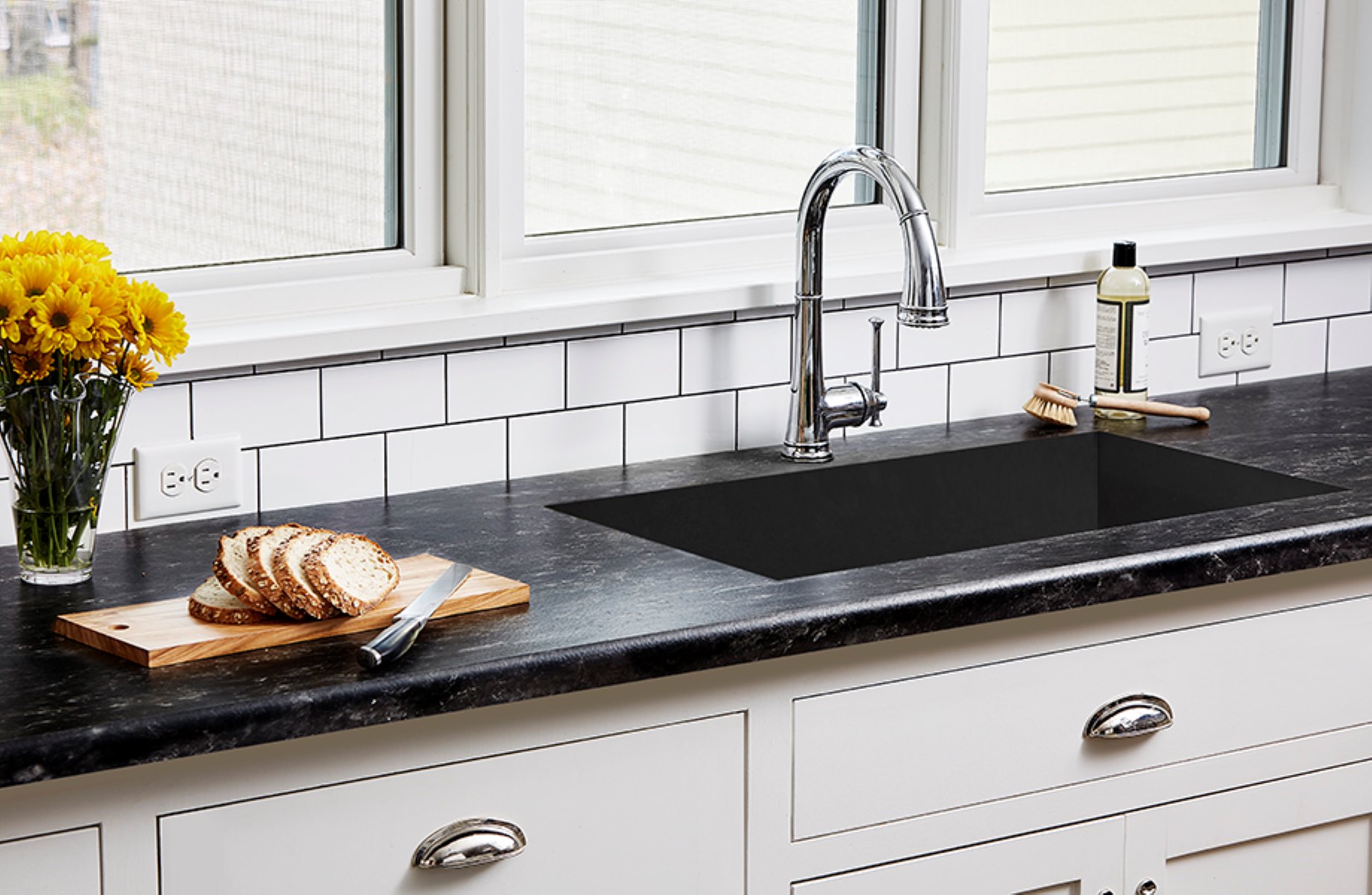
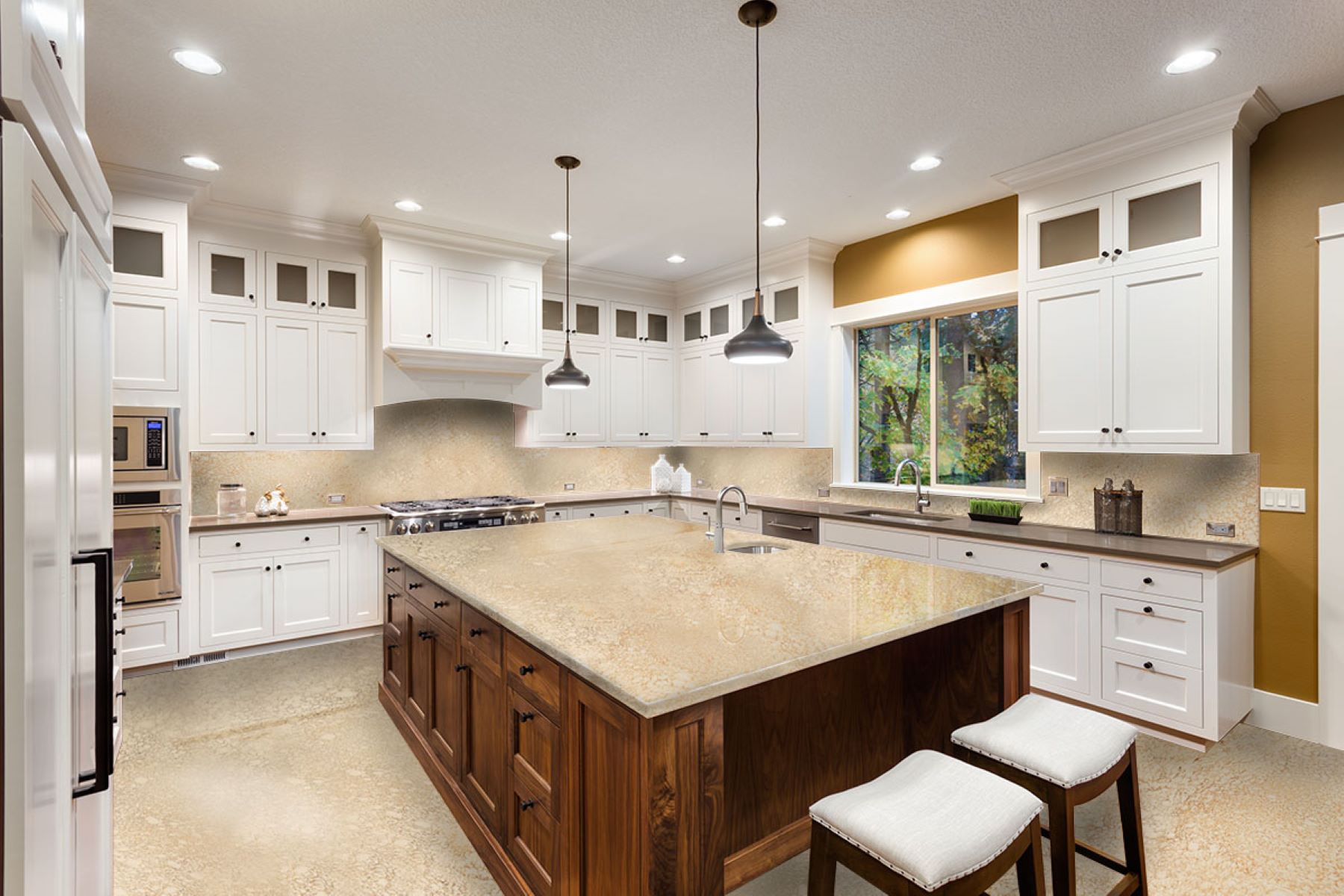
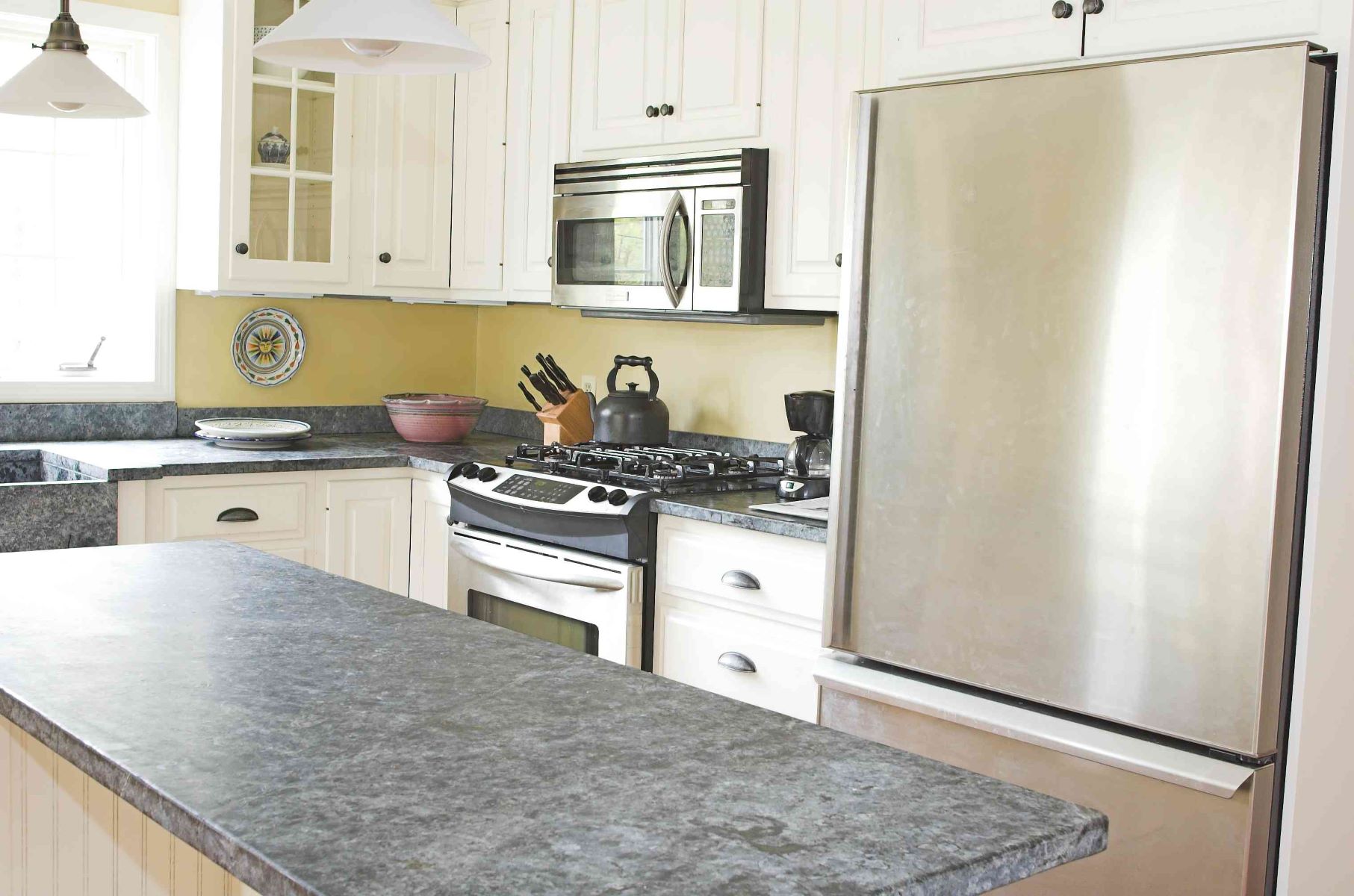
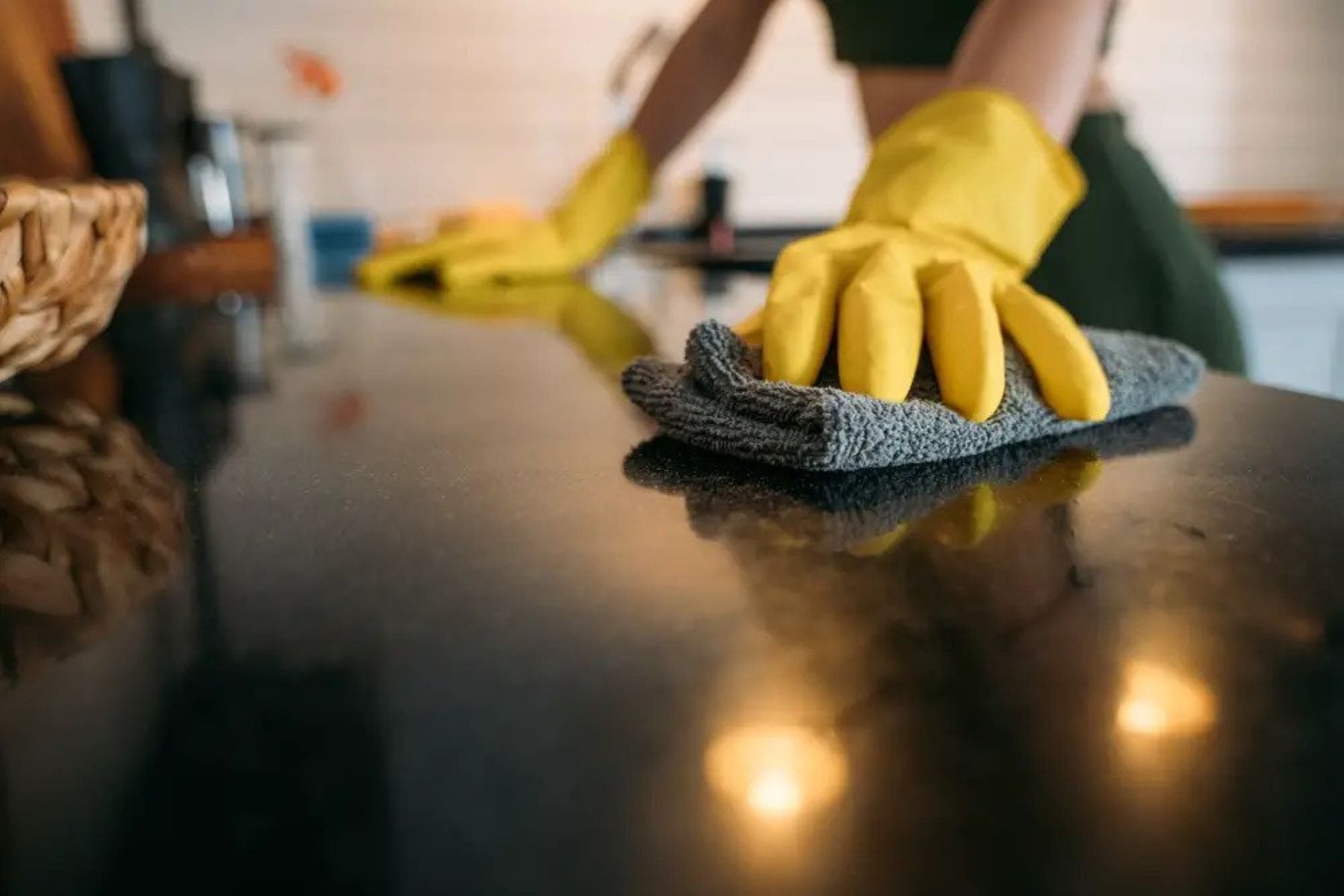
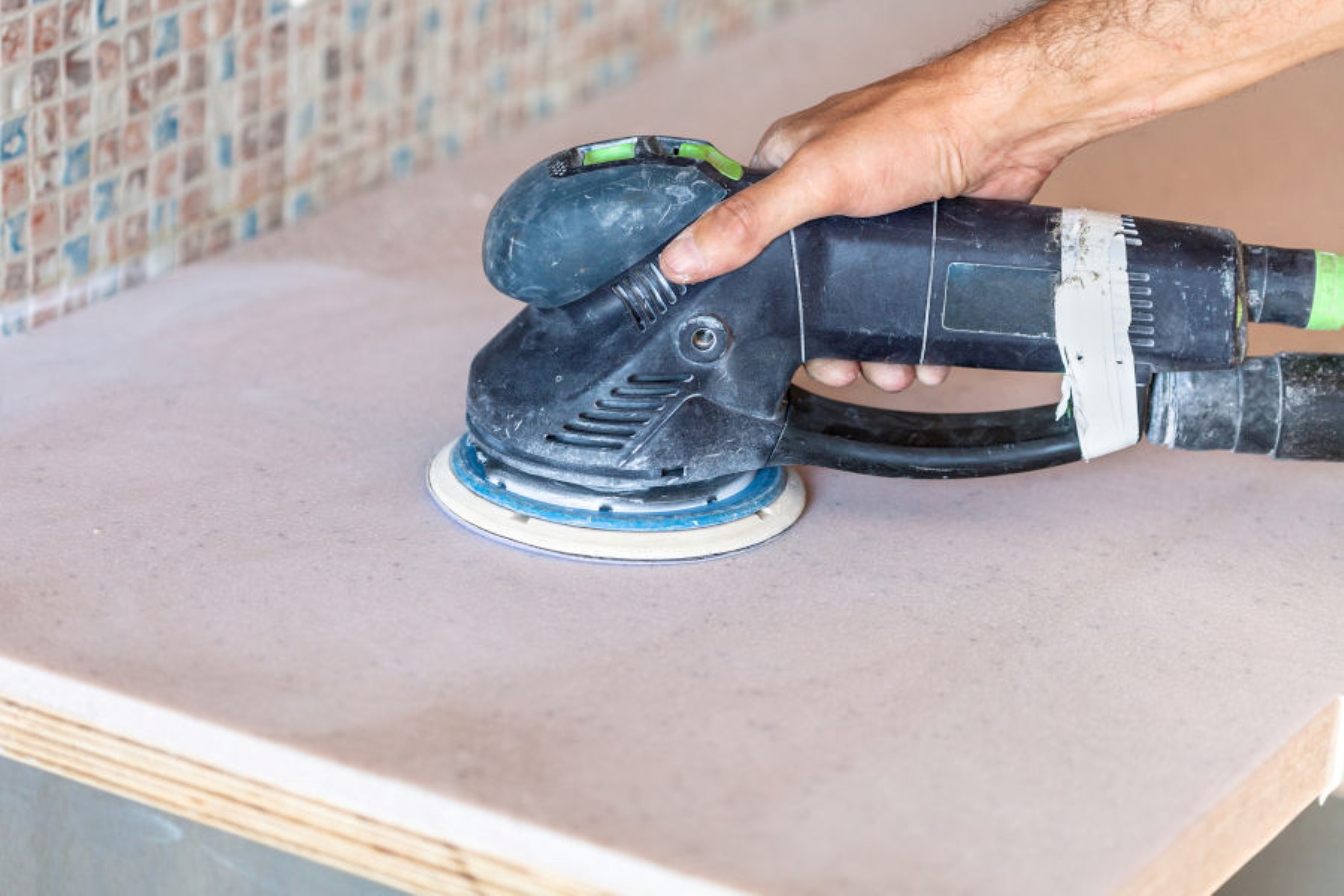

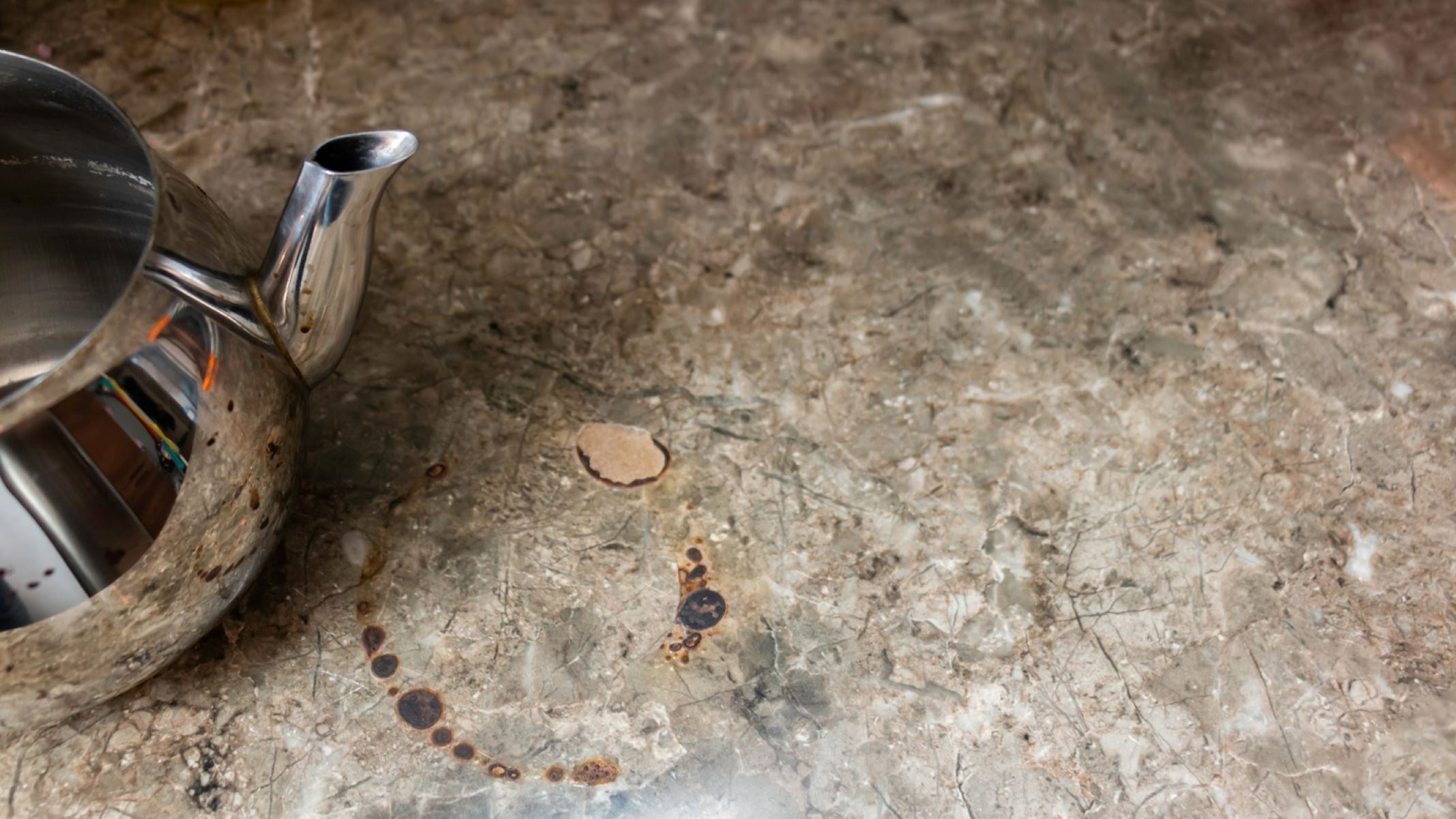
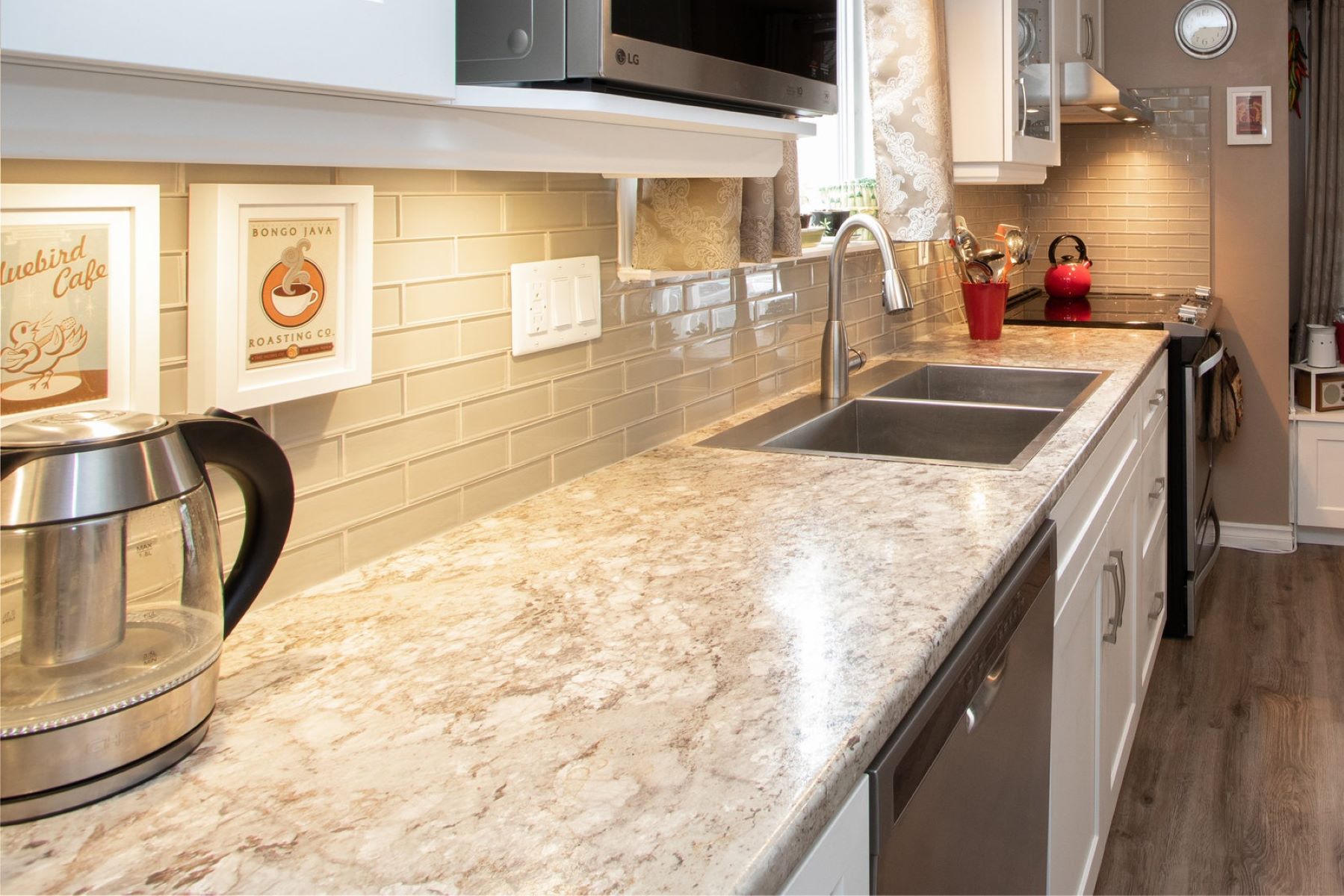
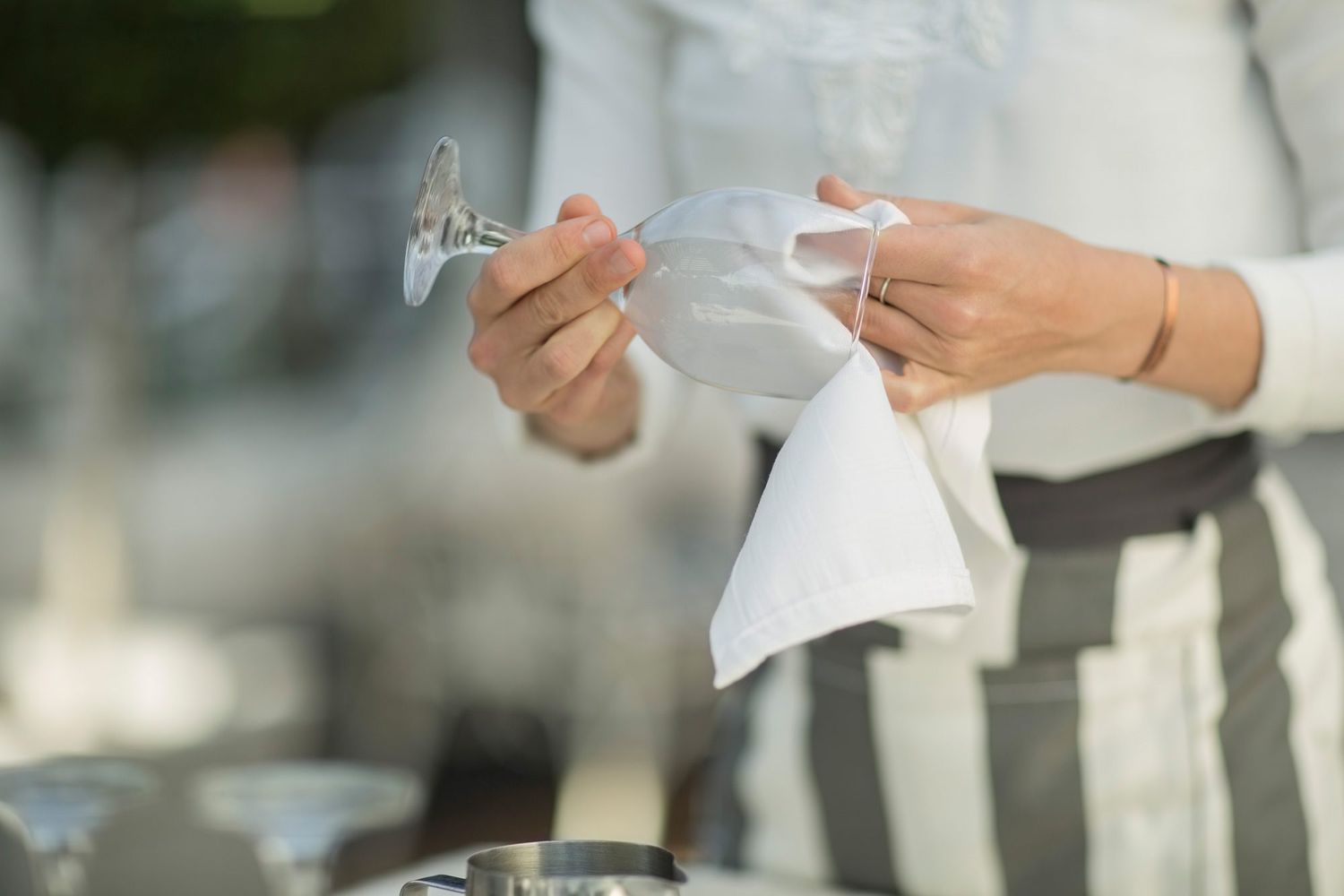
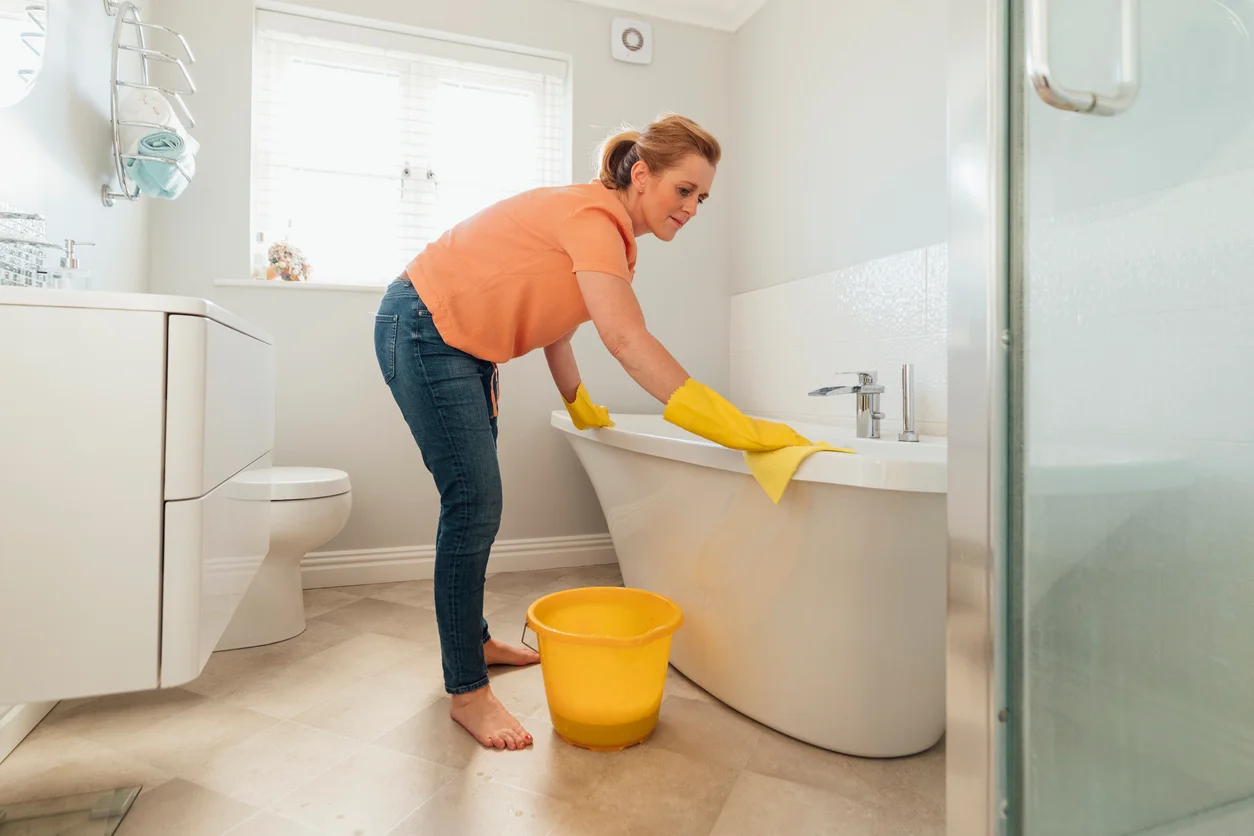
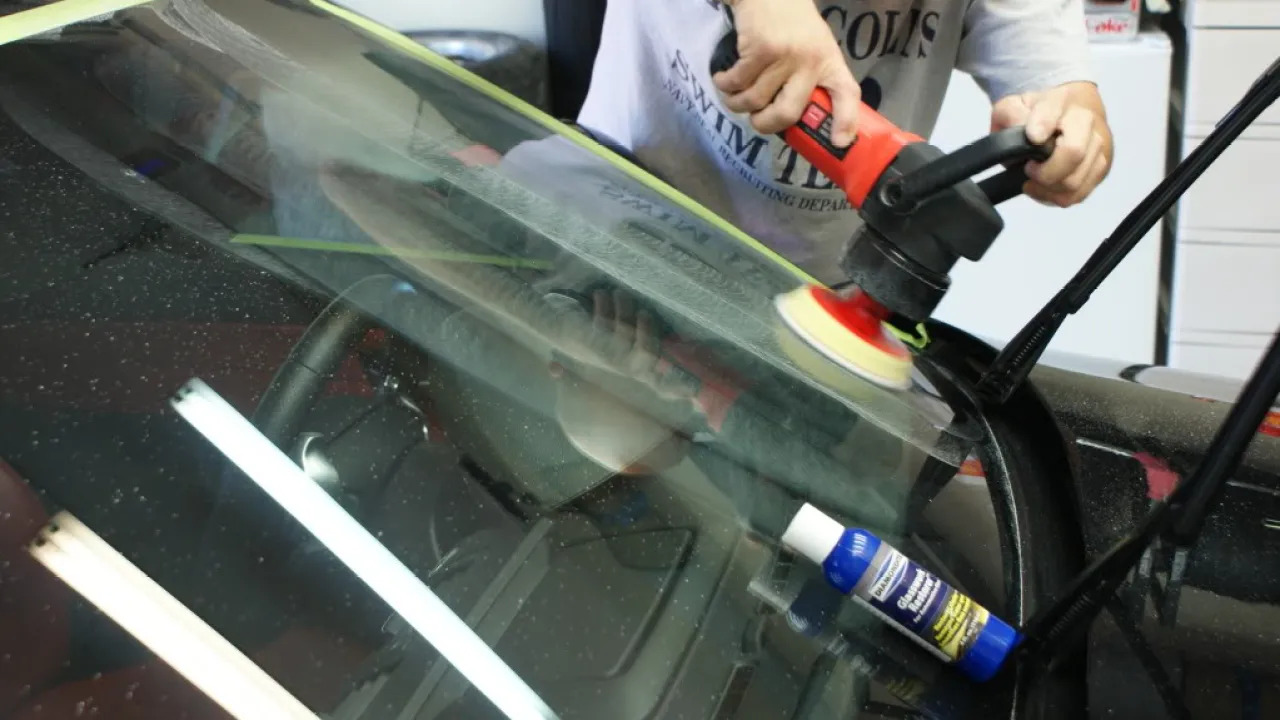
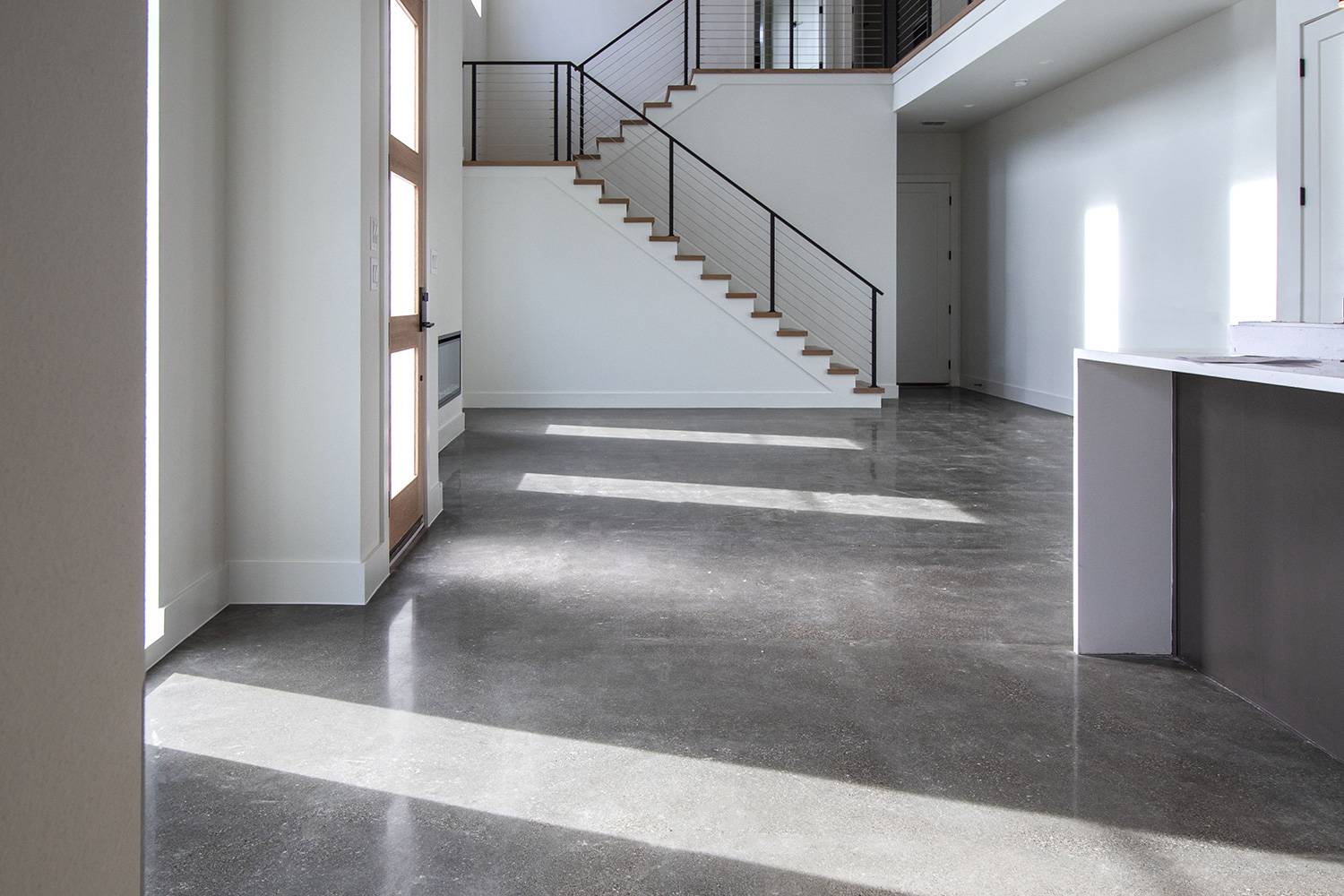
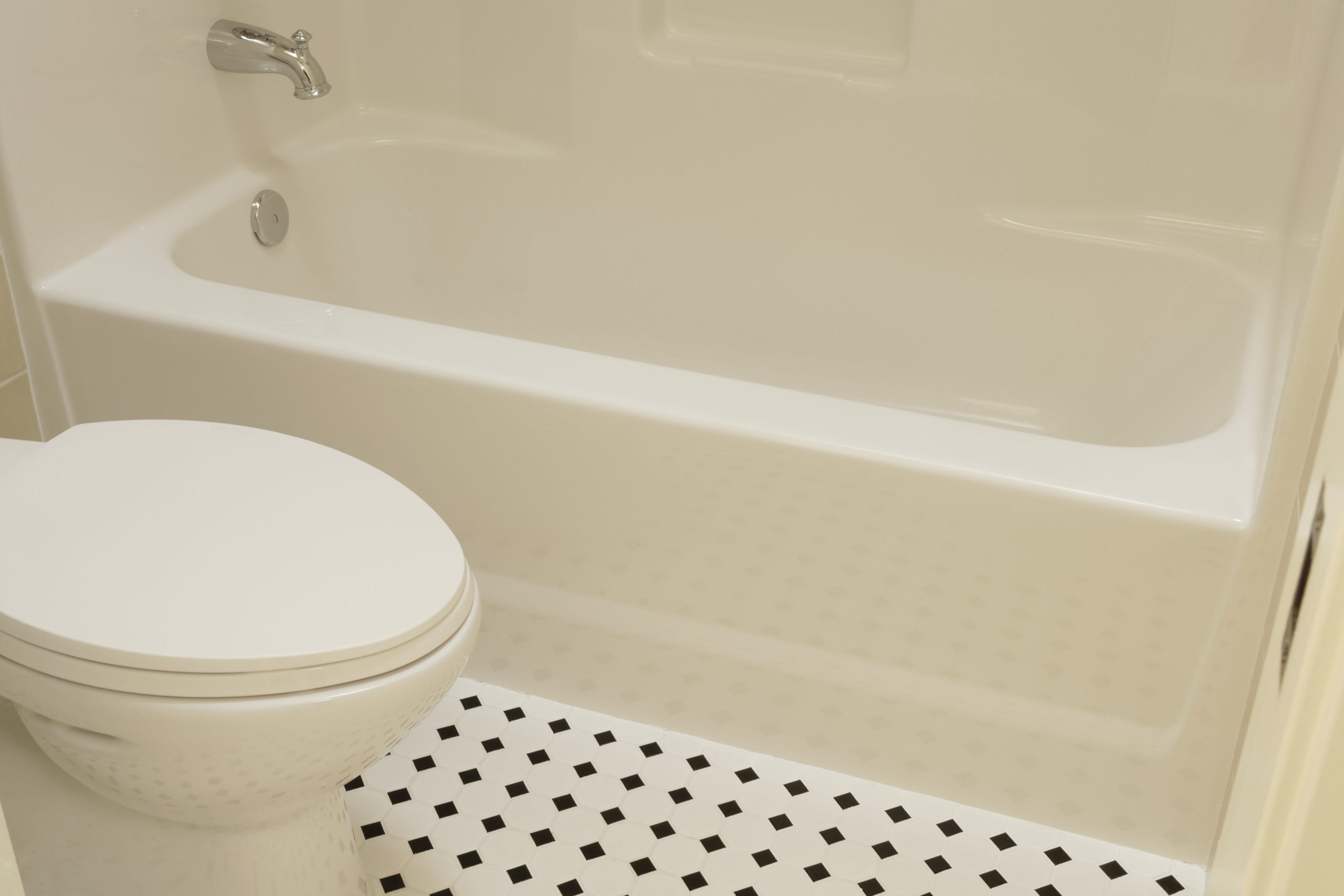
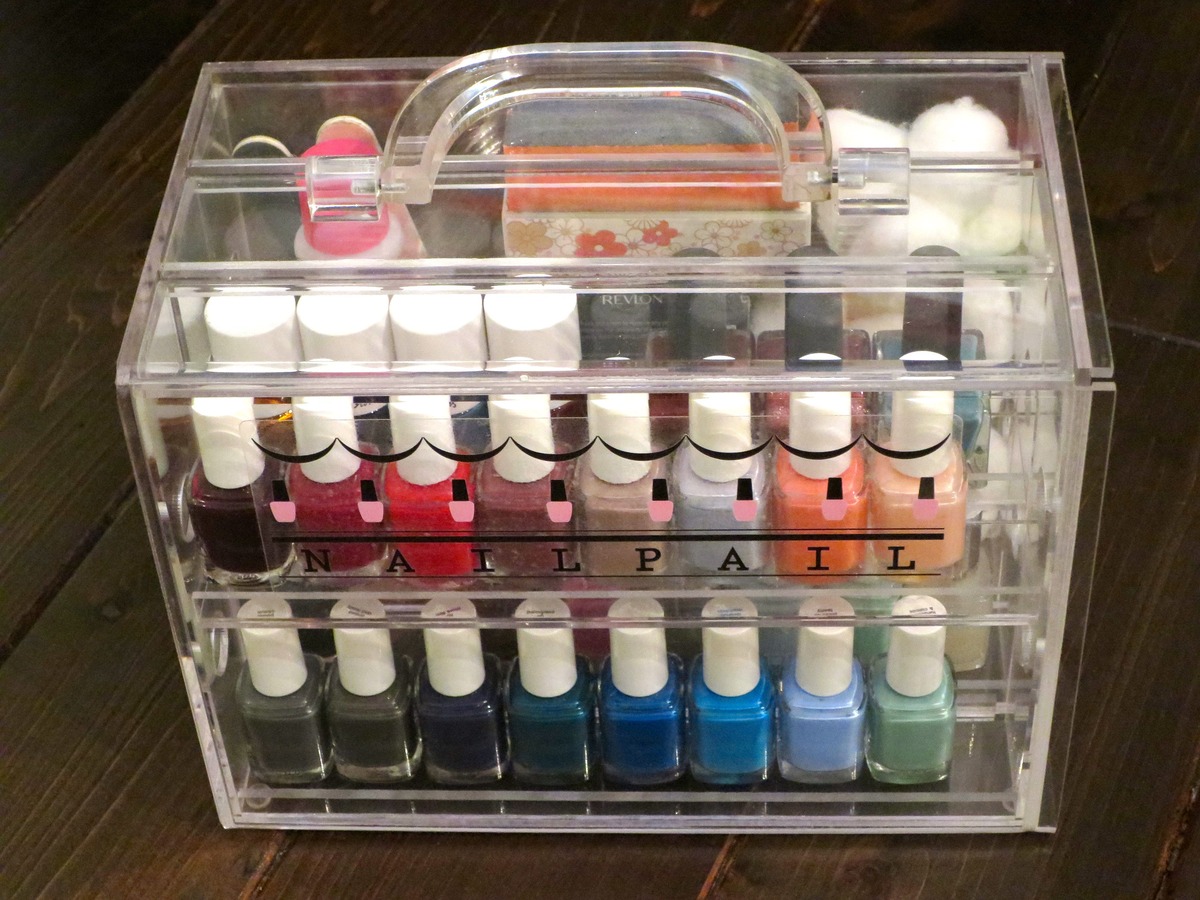

0 thoughts on “How To Polish Formica Countertops”